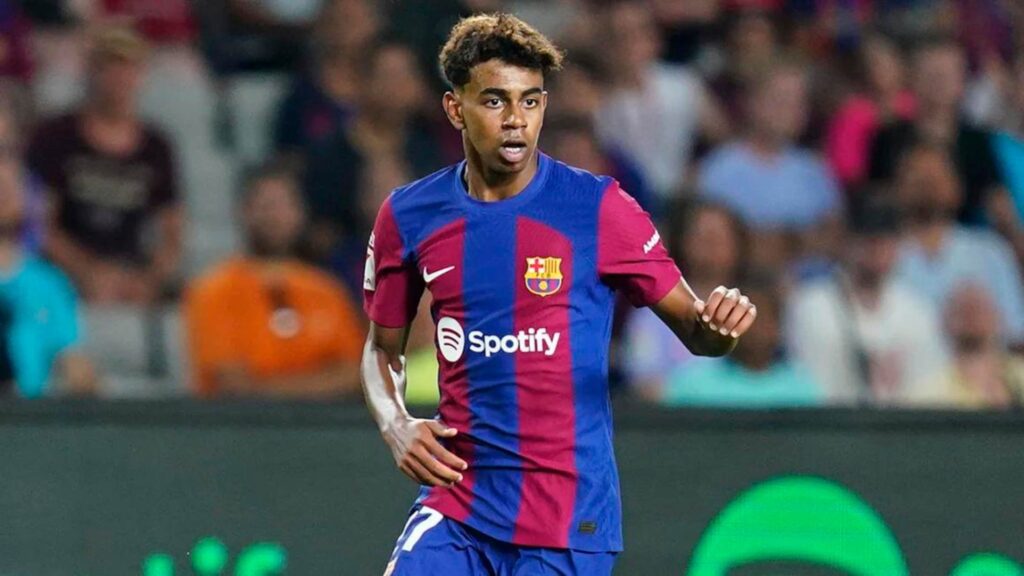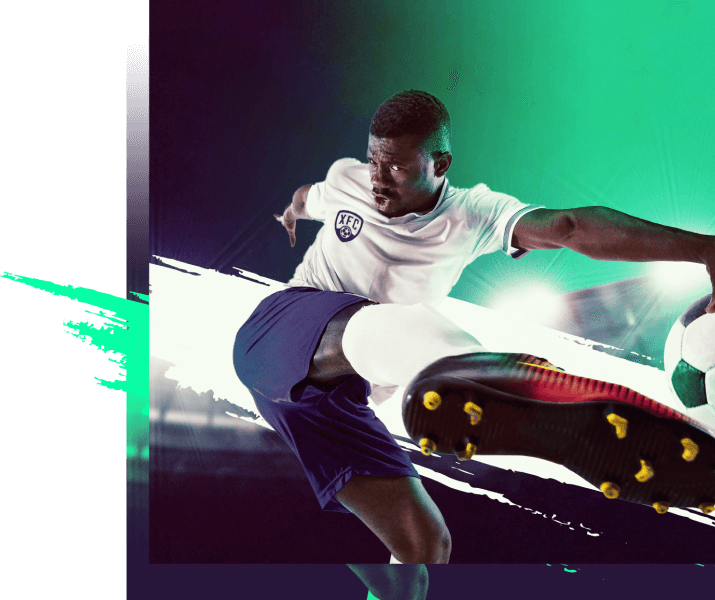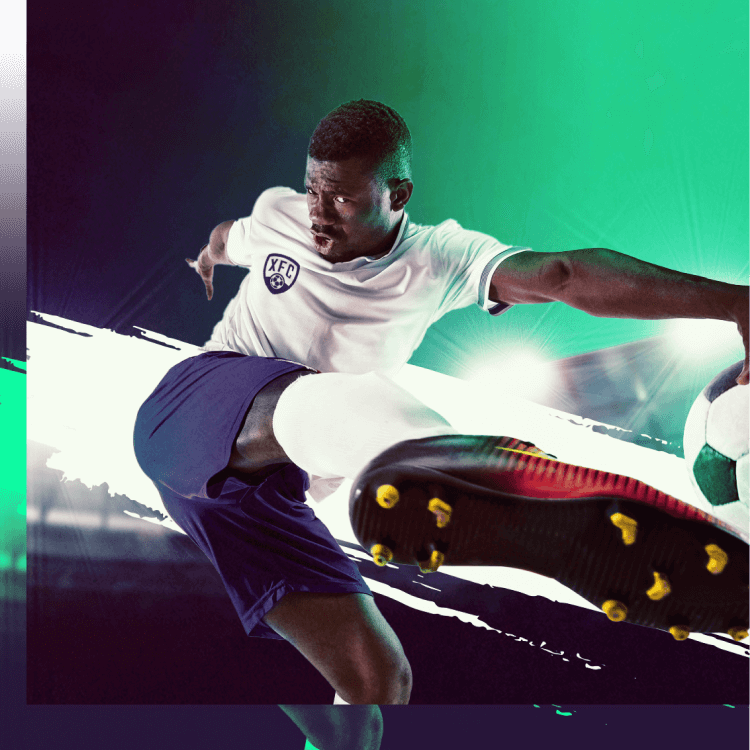Marcelo Gallardo is one of the finest managers in South America. His enduring success while at River Plate makes a deep dive into his tactics a real thrill.
News that Gallardo may soon leave the Argentine giants has also sparked interest in where he will manage next.
Regardless of the team, he’ll choose, the principles that we’ll be covering in this article will be used to guide his club.
Gallardo’s career before management
Marcelo Gallardo was born in Merlo, Argentina in 1976. He began his professional career in the early late 1980s, earning a strong reputation within local clubs before joining River Plate’s youth academy.
Gallardo was renowned for his technical skill, quick thinking and keen sense of the game. As a midfielder for River Plate, he earned a reputation as one of the day’s most technically proficient Argentine players.
Throughout his tenure with River Plate, he won numerous titles, such as six Argentine Primera Division titles and the Copa Libertadores in 1996.
Marcelo Gallardo also successfully moved to Europe, earning trophies with both Ligue 1 rivals, AS Monaco and Paris Saint-Germain.
After retiring as a player, Gallardo’s passion for the game led him to pursue coaching. He started out as coach of Nacional de Montevideo in Uruguay, the team where he’d ended his career as a player. In his first year as coach, he lead National to the title.
Gallard became the head coach of his former club River Plate in 2014. Under his guidance, River Plate achieved tremendous success. This includes two Copa Libertadores titles, one Argentine Primera Division trophy in 2021, and numerous other accolades.
Today Gallardo is one of the most respected football coaches in South America and is consistently discussed as a future manager for one of Europe’s top clubs.
Football Philosophy
A focus on possession and an attacking approach marks Gallardo’s tactical style. He places great value in individual players’ technical ability and therefore encourages his players to play with flair and creativity. River Plate is always fun to watch!
This philosophy based on putting opponents under high pressure allowed them to win back possession quickly.
Gallardo also stands out for his adaptability when faced with different opponents. He will be tactically adaptable. Often, he will switch formations and tactics to get the best from each player and neutralize opponents’ qualities. Often he will make these changes at the last minute adding an extra element of surprise.
But the manager has learned his craft from some of the best. Gallardo credits Marcelo Bielsa’s coaching methods and Pep Guardiola’s possession-oriented, high-pressing football style as his major influences.
Tactics at River Plate
The fundamentals of Gallard’s River Plate are simple. The team needs to maintain possession, use the counter-press and create numerical overloads in all areas of the pitch. When in possession, they will launch quick counter attacks.
But, naturally, there are also a lot of intricacies to his tactical style.
For example, Gallardo often makes his full-backs move into central positions rather than managing each flank.
River Plate boasted an explosive attack and airtight defense. They lead the Argentine Primera Division in both xG and xGA. It was an incredible team performance led by an inspiring young coach.
At its best, River Plate showcases impressive individual quality and unwavering team cohesion. Furthermore, they’ve lead the league in terms of other important stats, such as successful progressive passes last season.
This year, they have the best scoring in the Argentine top tier, the best xG, and they’re second in terms of shots taken. They are second in terms of goals conceded. All of this has added up to make River leaders in the league at the time of writing.
Formations and adaptability
In his first year at River Plate, Gallardo often used a 4-3-1-2 or 4-4-2 formation. He focused heavily on defense.
By the 2015-16 season, the team had adopted a balanced 4-4-2 with that focused on more advanced pressing and greater width. Defenders guarded against counter-attacks and mo rarely advanced into attacking positions.
When River is defending, Gallardo instructs his players to press high and make quick recovery runs to regain defensive shape after losses of possession. Defensive solidity is of maximum importance to Gallardo. Just as vital is the idea of having numerical superiority in central areas of the pitch.
Gallardo also worked to invigorate River’s squad. Ramiro Funes Mori and Matias Kranevitter were sold early into his tenure. Players like Ivan Alonso, Andres D’Alessandro, Ignacio Fernandez, or youth team graduate Exequiel Palacios were recruited so suit the 4-2-3-1 formation he had in mind.
In 2023, Gallardo continues to play in a 4-2-3-1 formation. This will shift toward a classic 4-4-2 occasionally. Some of the standout players at the moment include attacking midfielders Pablo Solari and veteran Nacho Fernandez, as well as central defender Emanuel Mammana.
Gallardo’s recruitment policy continues to strike a good balance between youth and experience. While many of River’s best players are over 30 and bring a wealth of experience, Solari, Lucas Beltran, or Jose Paradela are just exiting their teenage years and can reach their peak form.
River Plate’s combination of individual talent and team discipline is often enough to destabilize opponents. They’ll usually find it challenging to take away the ball while still trying to maintain their defensive shape. The central overloads that we spoke about earlier are usually enough to allow River to strike on goal quickly.
River Plate in defence
Gallardo instructs his players to press in advanced positions and make quick recovery runs to regain their defensive shape after losing possession.
River excelled at maintaining possession and deploying an aggressive counter-press. When defending in open play, their structure and ability to keep the field compact prove to be an incredible asset.
Gallardo’s football style is physically taxing also. He expects his team to switch positions rapidly from defense to attack and vice versa. River Plate’s high press has the role of narrowing down the pitch’s width.
As River Plate prefers a possession-based offense that creates ball near overloads, counter-pressing is an important element of Gallardo’s defensive strategies. As mentioned previously, their 2-3-5 rest defense features three intelligent midfielders who are strategically positioned to stop any opposition counterattacks with speed and aggression.
Solari, Fernandez, and Paradela will attempt to block attempts at counterattacks in central areas before opponents even have a chance to set up. Meanwhile, Rodrigo Aliendro and Enzo Perez act as the team’s defensive pivots.
River Plate’s counter-pressing success can be attributed to its central and ball-near overloads. When they lose possession of the ball, they typically have numbers nearby who could apply pressure immediately on any potential attackers.
Build-up play
Gallardo has made slight tweaks from last season. River plays both shorter and longer passes from central areas over to the flanks in order to create width. Despite this, the manager’s principles remain unchanged. The positioning strives to offer depth, changes of pace, and numerical overloads throughout each third while still adhering to River’s possession-based game.
The full-backs provide width by pushing high up the pitch in line. River plays with one clear striker, Miguel Borja. He is, however, joined up front by the team’s number 10, Nacho Fernandez often.
Meanwhile, three midfielders typically straddle the field from half space to half space, giving off a three-at-the-back look with one number six dropping in as extra cover.
Depending on the opposition, those three midfielders might play a little flatter in midfield, especially during early attacking phases of play. Throughout the game, however, they’ll look to push higher in support of the three central players ahead of them. Ultimately, they want to find that balance between overloads near the ball while maintaining pitch control.
Their goalkeeper Armani has a vital role in creating the build-up play as well. He is known for his one-on-one defending skills. The keeper is not afraid to move in to sweep through balls.
At midfield, Perez uses his pace and tactical awareness to break up play effectively. He is joined by Aliendro who often plays alongside him but in a slightly more defensive position.
River also targets playing balls behind the opposition’s defenses. These rely on Borja’s speed and strong finishing skills. These are vital characteristics for a team like River who’ll often try to break up play with direct, quick counterattacks. The quick transitions are key to the team’s success.
Attacking structure
Gallardo’s team will relentlessly attack the ball when they have the desired numerical or positional advantage. Borja spearheads the attacks. But he is often joined in by one of the central midfielders or the full-backs, and Gallardo demands great chemistry from them to get the ball into the final third.
River utilizes width to create scoring opportunities from crosses but isn’t solely dependent on one path to goal. The three high central players are adept at receiving the ball and creating goal-scoring opportunities.
As mentioned, much like Europe’s top teams, River strives to dominate the middle of the field to reduce opposition counterattacks. By keeping numbers around the ball during possession, his team creates numerical superiority which forces opposition teams into making mistakes.
Finally, Gallardo isn’t afraid of making changes to the team’s attacking formula. For example, in the recent victory against Huracan, they played with a sole striker, Borja and won 3-0. However, against Godoy Cruz, where they also won 3-0, Fernandez joined Borja in attack and Paradela advanced in a central position to play right behind them.
What next for Gallardo?
Marcelo Gallardo has long ago earned a reputation as one of the finest managers in Argentina. Competitiveness across Argentina and South America means that the manager still has plenty of work to do if River is to win further Primera Division or Copa Libertadores titles.
However, of course, there have been talks of Gallardo opting to move to Europe. Last year, the manager himself hinted at this possibility. River has yet to increase his $1.5 million salary.
Gallardo may want to learn to speak fluent English soon enough. His knowledge of Spanish and French may also come in handy. Wolves and Tottenham are just two of the teams that have expressed an interest in his services.
While the manager has been very loyal to River over the years, implementing his ideas at one of the world’s most financially capable clubs might interest him.
Regardless of what happens next, Marcelo Gallardo has wonderfully transitioned from a very good player to a great manager.






